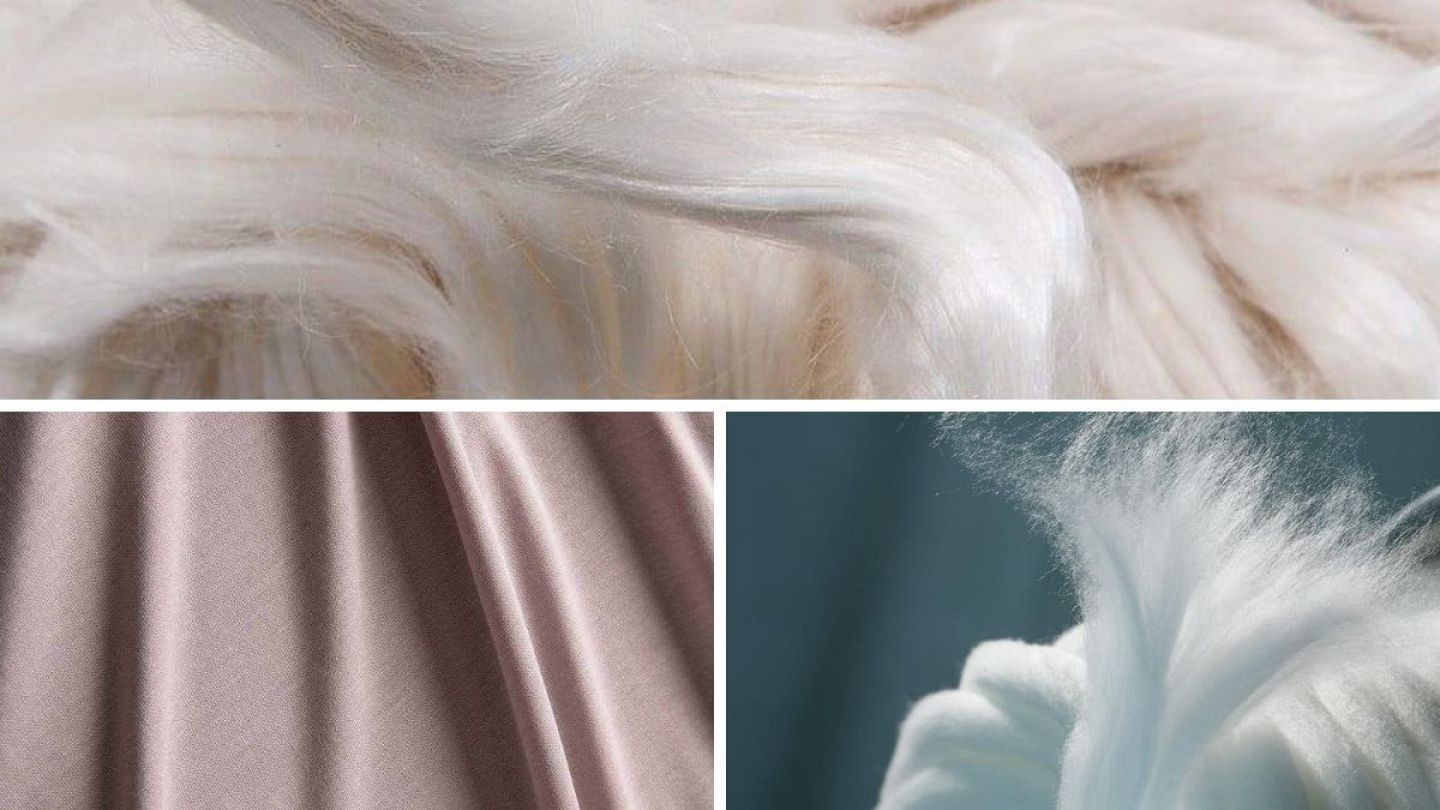Texture is an essential aspect of our sensory experience, whether it be in the realm of art, design, or even the physical world around us. It adds depth, character, and visual interest to various surfaces, objects, and materials. In this blog post, we will delve into the intricate elements that contribute to texture, exploring its significance and impact across different industries.
- Visual Texture:
Visual texture refers to the illusion of texture created through visual cues, without any physical variation in the surface. It is commonly used in graphic design, photography, and digital art. By skillfully manipulating patterns, colors, and shading, artists can evoke a sense of texture, adding depth and realism to their creations. - Tactile Texture:
Unlike visual texture, tactile texture can be physically felt and experienced. It encompasses the actual surface characteristics of an object, such as roughness, smoothness, or graininess. Tactile texture plays a crucial role in product design, architecture, and fashion, as it influences how we interact with and perceive objects in our physical environment. - Material Composition:
The materials used in creating an object greatly impact its texture. Different materials possess unique characteristics that contribute to the overall texture. For example, wood may have a grainy texture, while glass can have a smooth and reflective texture. Understanding the properties of materials is essential in achieving the desired texture in various industries, including interior design, sculpture, and manufacturing. - Scale and Pattern:
The scale and pattern of a texture can significantly influence its visual impact. Large-scale textures can create a bold and dramatic effect, while small-scale textures can add intricacy and detail. Patterns, such as stripes, dots, or geometric shapes, can enhance or disrupt the visual texture, depending on the desired outcome. Architects, textile designers, and artists often utilize scale and pattern to create visually captivating textures. - Lighting and Shadow:
Lighting plays a crucial role in highlighting and accentuating texture. The interplay of light and shadow can reveal the depth and dimensionality of a surface, emphasizing its texture. In photography, cinematography, and interior design, understanding how lighting affects texture is essential for creating visually compelling compositions.
Conclusion:
Texture is a multifaceted element that adds richness and interest to our visual and tactile experiences. By understanding the key elements of texture, including visual and tactile aspects, material composition, scale and pattern, and the role of lighting, we can harness its power across various industries. Whether it be in art, design, or everyday objects, texture has the ability to captivate our senses and elevate our perception of the world around us.


